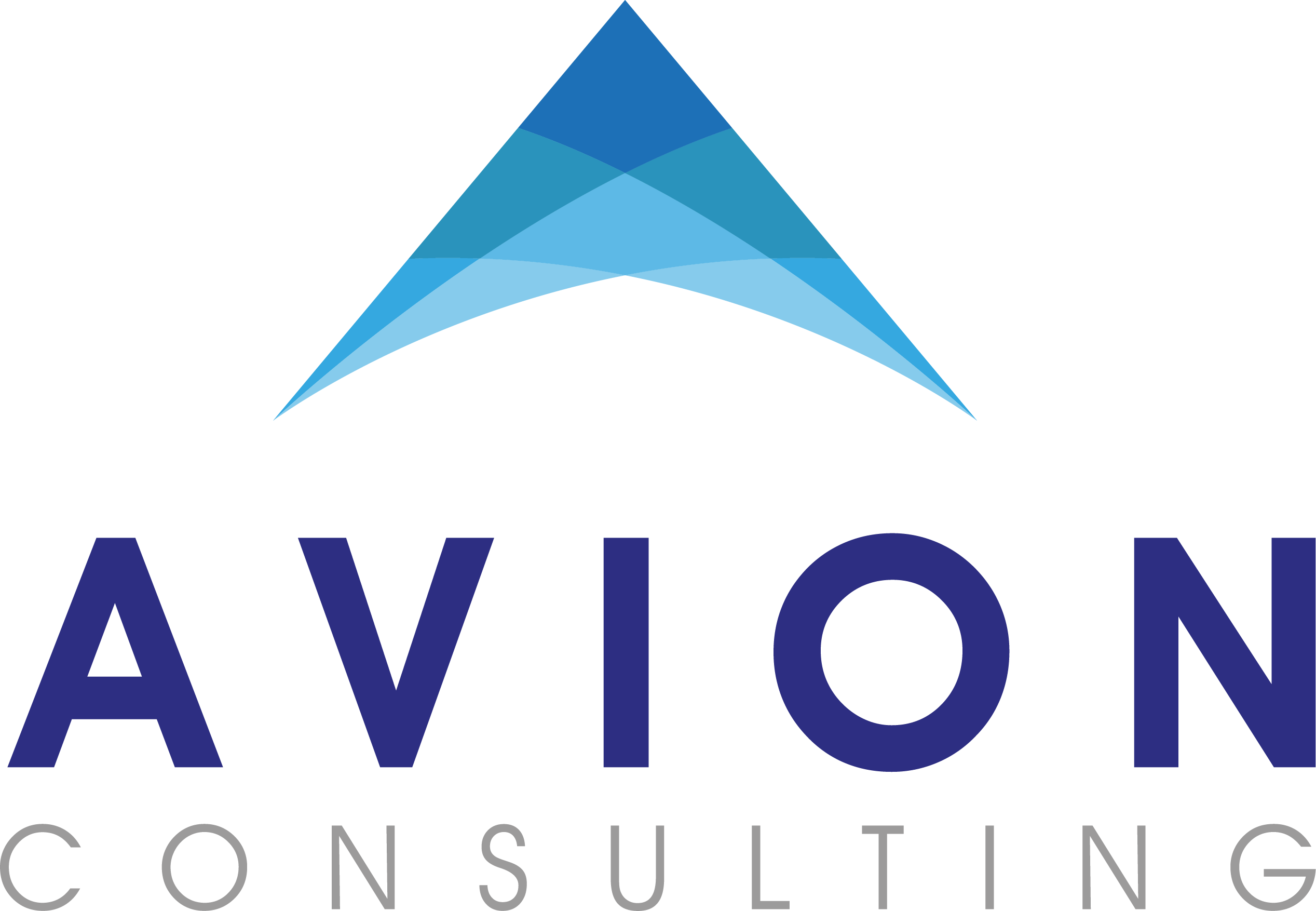The “RIPEN” model developed by #AvionConsulting has been explored in detail in our two best-selling books “How Leaders Improve” http://bit.ly/HowLeadersImproveBook and “Ready, Set, RIPEN!” http://bit.ly/ReadySetRipenBook. The model reflects characteristics that determine a leader’s readiness to make a specific behavior change. From our extensive research, as well as case studies validating this model, we have identified several extrinsic (or situational) factors that leaders would be wise to leverage to help others enhance their ripeness to make a change.
Opportunity for Advancement: Being presented with an opportunity for advancement often creates an incentive (which represents the “I” in the RIPEN model) for that leader to improve in order to be awarded the promotion, which in turn, focuses individuals on their growth and development. Thus, individuating that one is being considered for advancement often results in that individual having a more open mindset regarding their coachability.
Promotion: If we expand on the extrinsic factor of opportunity and look ahead to the actual promotion into an advanced position, leaders are often more ripe for change during this transition because they come to the realization (which represents the “R” in the RIPEN model) that they are lacking some of the skills required for the new position and are motivated to make improvements and build those skills. Thus, we believe transition coaching has a higher likelihood of yielding behavior change.
A question we as leadership consultants sometimes get is whether we think it makes sense for a leader to participate in a leadership development program when the leader is in the midst of a transition. While every situation is different, our general response is: Yes, we think it’s a great time to do it. In fact, we often counsel leaders we work with who are in such transitions that the feedback and follow up processes that are part of our programs represent a great way of essentially introducing oneself to one’s new team, and of getting off to a strong start.
In our experience, when a leader in transition tells his or her new team, “I have gotten some feedback as part of a leadership development program I’m participating in, and here are some of my strengths and areas for development,” it helps to establish a team climate of openness, humility, and self-development – all positive things for a team in transition. Additionally, it appears that being in transition is an external factor that can enable leaders to adopt a more open and flexible mindset toward their own development, provided they are approaching the change with sufficiently positive mindsets (confidence, security, engagement, etc.).
Organizational Change: Companies are constantly navigating change, such as a large acquisition, the hiring of a new CEO, an entirely new operating model, a major systems implementation, or a shift in legislation directly and significantly impacting one organization’s industry, just to name a few. There are differing opinions on whether leaders should be going through leadership development programs during such times. From our extensive research and experience, we have found that this may actually be the best time for a leader to participate in a development experience.
For example, one of our client organizations was in the early stages of a shift to a new operating model while participating in the annual high-potential leadership development program that our firm runs for this organization. This operating model change impacted literally every area within the company, and many leaders throughout the organization had different types of leadership responsibility for aligning their areas with the new model. One such leader was in the leadership development program that was just starting up, and when interviewed about drivers of her significant improvement, she cited “the amount of change we are going through as an organization and the implications for me,” adding that she thought it was a “good time to expand my skill set.” The fact that her organization was going through a major change made it a particularly good time for her to be working on her leadership skills. In considering which of the RIPEN factors organizational change appears to have been activated for this leader, we believe that both Realization (insight about the need to change) and Pressure (urgency to make the change in the near future) are likely suspects.
Timing: Each of the three factors just discussed (potential for advancement, transition, and organizational change/support) has something to do with timing. Either the leader going through the development experience saw an opportunity to advance in the foreseeable future, the leader was in the midst of some sort of professional transition, or the leader’s organization was going through some sort of significant change.
Beyond those three factors, a number of our most improved leaders cited other timing-related factors that created a degree of ripeness. One such factor these leaders expressed is that being in their role for 1-3 years enabled them to form an accurate understanding of what they needed to do to lead more effectively, but not so long as to feel overly entrenched in their old ways of operating. In other words, the timing increased their ripeness by providing them with clarity or perspective about their potential evolution as a leader. Sufficient times in one’s role serves to both enhance confidence and improve familiarity with the role, which likely drives the internal RIPEN factor of Expectation. Additionally, it strikes us as very likely that sufficient time in role also promotes soul searching and reflection, which relates to the internal RIPEN factor of Realization.
In summary, our coachability or ripeness to change varies based on the situational or extrinsic factors we are navigating. As talent developers, these are factors you can leverage to enhance your team members’ ripeness for change and development, much the way a greenhouse serves to expedite plant’s growth cycle.
We’d like to hear your feedback on this subject and also invite you to join the Avion Consulting newsletter for further discussion at http://bit.ly/AvionNews.



